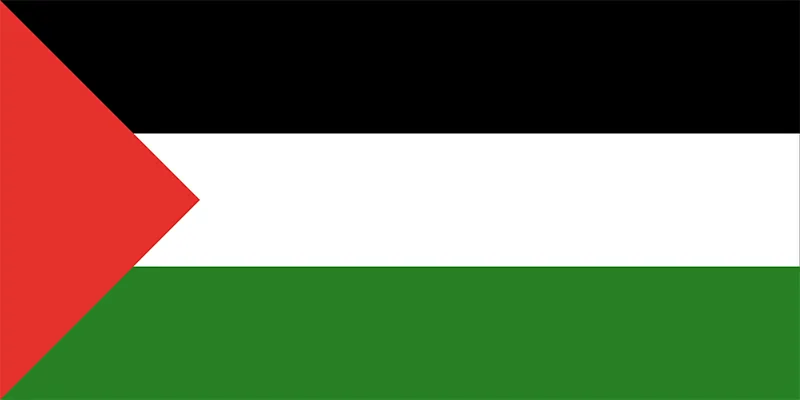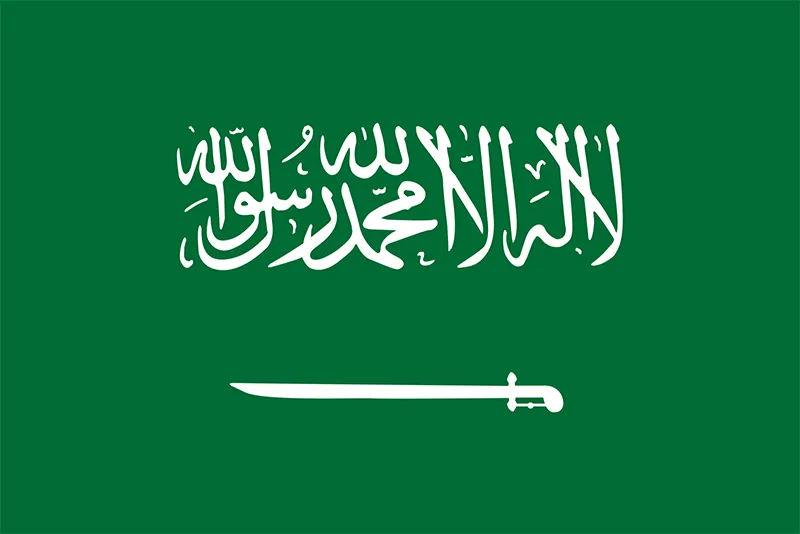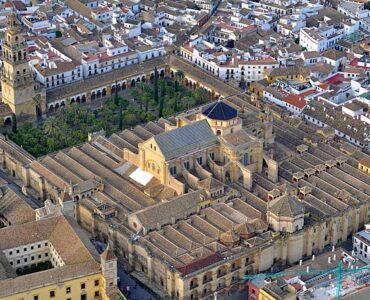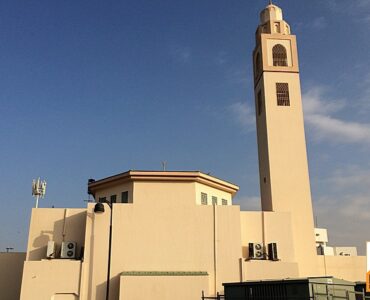This small room, in the far left corner of Masjid Qibly is known as Masjid Umar, in honour of the Caliph Umar (رضي الله عنه) who visited Jerusalem in 638 CE.
- In the time of Umar (رضي الله عنه), the Muslim armies had liberated most of ash-Sham, which today comprises Syria, Jordan, Lebanon and Palestine. They had reached the gates of Jerusalem and were poised to take the city.
- The Christian inhabitants barricaded themselves and demanded that they would only surrender if the Caliph, who was in Madinah, came and took the keys to the city. Although the Muslim army was powerful enough to have taken over the city by force, they wished to minimise casualties and obliged with the Christians’ request.
- Accordingly, Umar (رضي الله عنه) travelled from Madinah to Jerusalem where Sophronius, the Christian Patriarch of Jerusalem, offered him the ‘keys’ to the city. Umar (رضي الله عنه) entered the city of Jerusalem on foot with no bloodshed or harassment of the inhabitants.
- Once in the city, he asked Sophronius to take him to the al-Aqsa sanctuary. When they reached there, Umar (رضي الله عنه) was shocked to find it covered with rubbish as the Romans were using the area as a rubbish tip. Umar (رضي الله عنه) immediately knelt down and with his own hands began to clear the area. When the companions saw this, they followed suit and soon the whole area was cleared.


- The small room shown above is believed to be the area where Umar (رضي الله عنه) started clearing away the rubbish. It was in his honour that this small room was built by previous Muslim rulers and named Masjid Umar. It is regarded as part of Masjid al-Qibly.
- Today, part of the mosque is used as an emergency clinic.
References: HUMA’s travel guide to Palestine, Sheikh Sulaiman Ghani
















